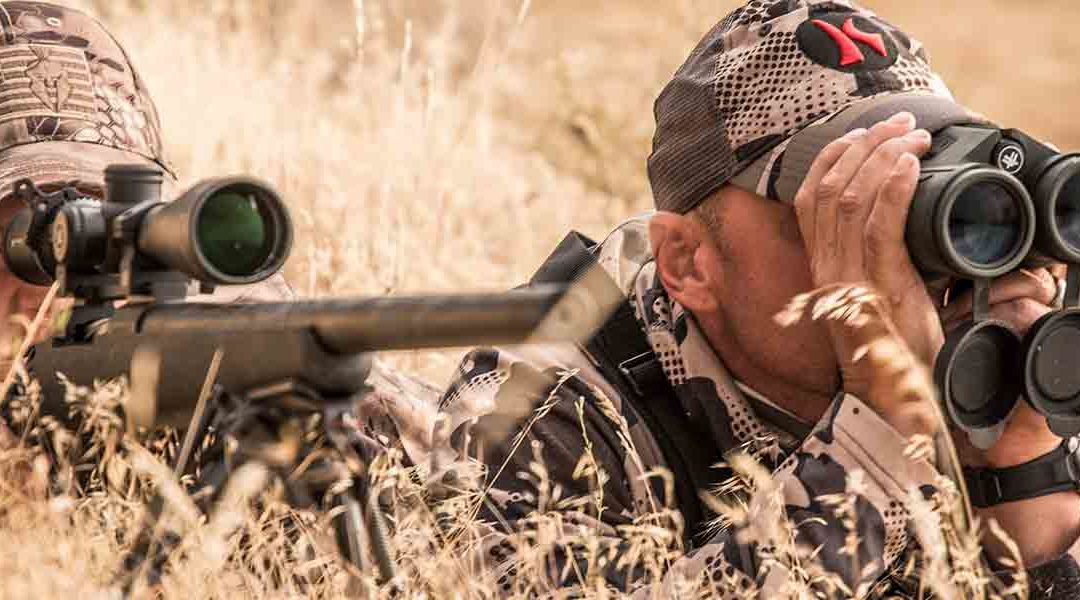If you are into shooting and want to venture into long-range shooting rifle competitions, you might feel intimidated. Most of us hate venturing out of our comfort zones, but if you get an opportunity to better your skill, why not?
Long-range shooting is among the most popular in rifle sports. It might feel somewhat challenging for a first-timer, but you can easily hit long-range targets with the proper knowledge and tools. Becoming a good shooter in long-range competitions comes down to a few key elements. Before getting started on long-range shooting, you need:
Training
You must understand what affects your long-range shot. When shooting from a distance, the inaccuracies you may not have noticed before become amplified. You can watch DVDs, read books or attend training courses before venturing into long-range shooting competitions.
The easiest way to get into a long-range shooting competition is to take F-Class shooting. Beginner F-class competitive rifle shooting belongs to a subcategory of the NRA Power Rifle program. The class is excellent for new long-range shooters.
It’s simple, with no classes teaching you position shooting. High Power has various rifle disciplines which involve standing, lying prone, kneeling, and other unappealing positions. You get to lie down in F-class as you shoot the F-Class matches lying in a horizontal position.
Equipment
The first thing you need for long-range shooting is an excellent quality targeting reticle and a targeting scope with an adjustable MOA or MIL turret. Most of your resources and attention should go to the scope. The most crucial factors include:
- Turret: A turret that accurately adjusts and moves the reticle’s position dictates the scope’s precision.
- Quality Optics: The optical differences in most brands differ in clarity and durability.
- Magnification Level: The magnification level depends on its cost and application.
- Focal Plane: The reticle grows and shrinks depending on the magnification level in a first focal plane scope. The reticle measurement spacing is always precise, which is invaluable when shooting from long distances. In a second focal plane scope, the reticle image does not change, and the measurements are precise at a magnification level that suits fixed distance shots.
Ballistics Calculator
You can calculate a bullet’s flight path to great precision via a ballistics calculator. This calculator combines environmental data, external ballistics physics, and precise information about the gun, projectile, and target. Competitive and top military shooters use the applied ballistics solver for its scientifically measured information and innovative mathematical modeling techniques.
Ammunition
The ammunition you use improves accuracy in long-distance shooting. Ensure you use the best caliber for the 1000-yard competition if that’s where you will compete.
The bullets provide a constant muzzle velocity and better aerodynamic performance. These factors allow for better-retained speed, reduced wind deflection, and a flatter trajectory. Some commonly used cartridges include:
- Zero to 600 Yards: .223, .270 and 30-06
- Zero to 1000 Yards: .308
- Zero to 1500 Yards: 300 WM, 7mm, 6.5mm, 6mm,
- Zero to 2000 Yards: 50 BMG, .338 Lapua
Long Range Rifle
You need to get the best long-range rifle caliber for competitions. A rifle’s precision depends on the tightness of the groupings it shoots or the MOA (Minute of Angle) it holds. An MOA equals one inch per 1000 yards. An MOA rifle shoots a one-inch group at 100 yards; a 5-inch group shoots 500 yards.
Other Equipment
To make the shoot more comfortable, you need:
- Sand sock, bipod, sling, and pillows: These provide you with a stable platform
- Match grade trigger: Get a match-grade trigger you can adjust. A 1.5 to 3-pound crisp break and pull weight allows you to maintain a uniform trigger pull and minimize your muscles’ tensing in recoil anticipation.
- Precision Stock: You might need to adjust the stock cheek length and height. These adjustments provide proper and constant eye alignment and your positioning via the scope’s center.
- Match grade Optic Mounts: These prevent the scope from shifting under the heavy recoil. An angled scope rail
- Free-floating barrel: When you remove the contact point between the stock and barrel, you remove any outside influences on barrel harmonics from one shot to the other.
- Match-grade Barrel: This is also called a bull or heavy barrel. The thicker barrel has more rigidity and reduces the carrel vibration, and flexes unevenly as the barrel heats up.
Contact Switchview USA to learn more today!

